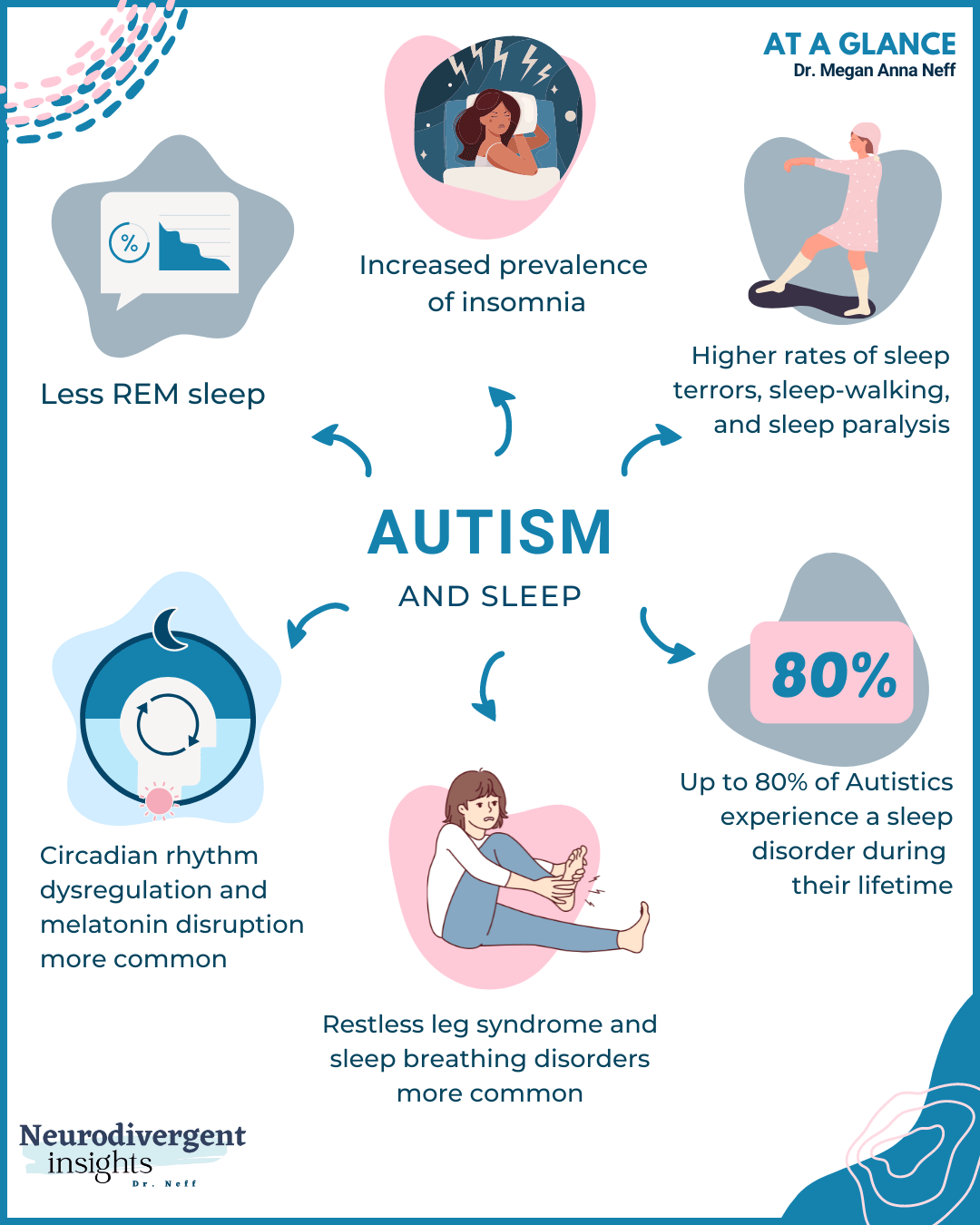Autism and Sensory Handling: Discovering the Connection and Its Effects
Autism and Sensory Handling: Discovering the Connection and Its Effects
Blog Article
Discovering Autism: Strategies for Effective Communication and Interaction
Effective communication and communication with individuals on the autism range necessitate a thorough understanding of their distinct demands and preferences. The ins and outs of these methods disclose further considerations that warrant exploration, especially in just how they can be adjusted to specific experiences and diverse contexts.
Comprehending Autism Range Problem
Autism Spectrum Disorder (ASD) includes a series of neurodevelopmental problems characterized by difficulties in social communication, interaction, and repetitive behaviors. The term "range" mirrors the diverse indications and differing levels of severity experienced by individuals with ASD. While some might display considerable impairments, others may present high-functioning qualities, permitting better freedom in every day life.
The beginning of ASD commonly occurs in very early childhood years, with indications typically well-known by age 2. Very early signs may consist of postponed speech development, limited eye contact, and problems in understanding social hints. Although the precise etiology of ASD stays unclear, research recommends a combination of genetic and ecological factors plays a critical function in its development.
As a result, treatments and support customized to specific requirements are essential for promoting interaction and social skills. Identifying the complexity of ASD is crucial for promoting understanding, approval, and effective methods that facilitate significant communications with individuals on the spectrum.

Importance of Clear Communication
Efficient interaction is vital for promoting understanding and link, specifically for individuals with Autism Spectrum Condition (ASD) Clear interaction not just facilitates social interactions however additionally enhances the individual's capability to reveal their emotions, needs, and thoughts. For individuals with ASD, the nuances of language can typically be testing; consequently, making use of uncomplicated and distinct language is essential.
Furthermore, clear interaction helps in reducing aggravation and stress and anxiety that may occur from misunderstandings. When messages are conveyed in a direct and consistent fashion, individuals with ASD are better geared up to translate info properly, which can dramatically boost their social engagement and involvement in different settings.
Establishing regimens and utilizing aesthetic supports can additionally boost clear interaction. These methods offer individuals with predictable frameworks that help comprehension and retention of information. Additionally, proactively being and listening patient throughout communications advertises an encouraging setting where people with ASD really feel valued and recognized.
Inevitably, focusing on clear interaction not only empowers individuals with ASD but also fosters even more purposeful links with their peers, caretakers, and the broader community, leading the way for comprehensive interactions and collective relationships. - autism
Non-Verbal Interaction Techniques
Interaction extends beyond words, and for people with Autism Spectrum Condition (ASD), non-verbal signs play a considerable duty in interactions. Non-verbal interaction strategies can include faces, gestures, body movement, and eye get in touch with, all of which work as crucial components for conveying feelings and intentions.
Recognizing and interpreting these non-verbal signals can improve communications with people with ASD. A warm smile or open position can produce a welcoming environment, urging involvement. Similarly, utilizing aesthetic help-- such as picture cards or signs-- can connect interaction voids and aid convey messages better.
It is likewise crucial to be conscious of individual room, as people with ASD might have various convenience levels relating to distance. Observing their responses to physical distance can educate proper modifications.

Developing Helpful Environments
Developing a helpful environment is crucial for promoting positive communications and improving the well-being of people with Autism Spectrum Problem (ASD) Such settings can significantly decrease anxiousness and create a feeling of security, permitting individuals to share themselves much more easily.
To achieve this, it is necessary to take into consideration sensory sensitivities that people with ASD might experience. Customizing the physical room to include soft illumination, marginal background noise, and comfy seating can produce a relaxing atmosphere. Furthermore, making use of consistent regimens and clear aesthetic schedules can assist people anticipate shifts and lower uncertainty, additional advertising comfort.
Social areas need to be structured to minimize overwhelming stimulations while giving opportunities for interaction in recommended tasks. Helping with areas assigned for silent time can also act as a haven during minutes of tension. Notably, incorporating aspects of selection empowers individuals, permitting them to exercise firm in their atmosphere.

Urging Social Interactions
Promoting social interactions among individuals with Autism Range Condition (ASD) calls for intentional techniques that focus on convenience and interaction. Developing foreseeable regimens can help lower anxiousness, making social setups a lot more friendly. Developing organized atmospheres with defined responsibilities and roles permits people to engage without the overwhelming pressure of disorganized social characteristics.
Integrating rate of interests and strengths right into social tasks can serve as a catalyst for communication. As an example, organizing group tasks around shared leisure activities or subjects of fascination can facilitate all-natural conversations and connections. Furthermore, utilizing aesthetic assistances, such as pictorial routines or social scripts, can assist in comprehending social cues click this and assumptions.
Modeling ideal social habits is essential - autism. Grownups and peers should show effective interaction techniques, consisting of active listening and turn-taking. Role-playing circumstances can also give a safe room for individuals to exercise these abilities
Lastly, cultivating peer connections via inclusive practices is necessary. Encouraging comprehensive playdates or group getaways can create possibilities for socialization in a comfy setup. By executing these approaches, instructors and caretakers can dramatically boost social interactions for people with ASD, promoting their total social advancement and health.
Verdict
In final thought, reliable communication and interaction approaches are crucial for supporting individuals with Autism Range Condition. Highlighting clear language, incorporating non-verbal signs, and developing predictable regimens dramatically improve engagement and reduce anxiousness. Producing supportive environments cultivates risk-free social interactions, while encouraging shared passions assists in meaningful links. Inevitably, these methods empower people with autism to navigate social landscapes, advertising their overall health and making it possible for the advancement of lasting connections.
Efficient interaction and interaction with individuals on the autism spectrum demand a comprehensive understanding of their special demands and choices. click here now Clear communication not only assists in social communications but likewise boosts the individual's capability to reveal their ideas, demands, and emotions.Cultivating social interactions among people with Autism Range Condition (ASD) requires willful techniques that focus on convenience and engagement. By executing these approaches, caretakers and educators can considerably improve social interactions for individuals with ASD, promoting their overall social development and well-being.
In conclusion, efficient interaction and interaction approaches are crucial for sustaining people with Autism Spectrum Condition.
Report this page